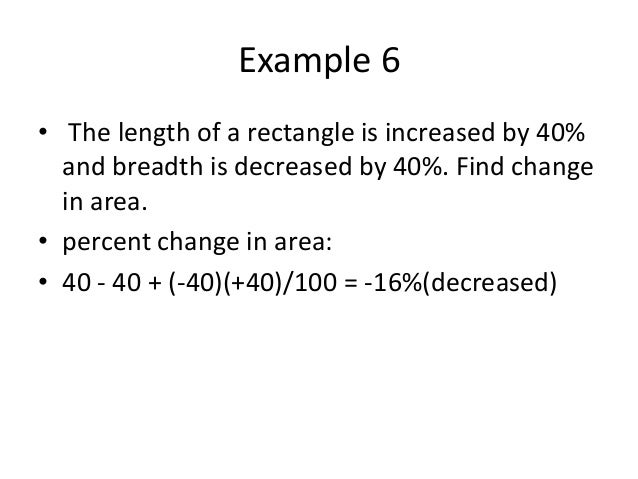

assumed: prepared from pork (see preceding calculation example).The total content of added excipients should include, for example, salt, added phosphate, nitrite and nitrate (usually negligible) and carbohydrates (flour and sugars). % ‘added water' =100%-‘meat content'-% added additives This content is derived from the ‘meat content' and the sum of the percentages of added additives (other than water): bacon, cooked ham and shoulder) require a calculation of the percentage of ‘added water' in the UK. It should be noted that it is not the percentage of ‘cooked meat' that is calculated, but the amount of raw material that is the basis for it (the ‘ingoing raw meat').Ĭertain types of single products (e.g. corned beef), the found ‘meat content' can be more than 100%. Single product calculationĪangenomen: het betreft een product bereid uit varkensvlees meat content'=100(2,88/3,45) %+6,0%=89,5% Composite product calculationĪangenomen: het product is bereid uit varkens- en rundvlees en bevat als bindmiddel 1% vleesvreemd eiwit met een stikstofgehalte van 15% stikstoffactor F=(3,45+3,55)/2=3,50 vleesstikstofgehalte = 2,08% – 0,01 x 15%=1,93% ‘meat content'=100(1,93/3,50) %+32,0%=87,1% Special Casesįor products that lose a lot of moisture during the cooking process or are prepared from pre-cooked raw materials (e.g. If protein-containing binders (e.g., non-meat proteins such as caseinate or soy protein) or other non-meat additives containing protein or nitrogen have been used in product preparation, then the total nitrogen content should be reduced by the nitrogen contribution from the non-meat ingredients. When calculating the fat-free meat content or the meat content, only the meat nitrogen content (= the percentage of meat protein divided by 6.25) is taken into account. If mixtures of several meat raw materials have been used in unknown proportions, one usually takes the average of the relevant factors. The nitrogen factor F depends on the product's type(s) of meat raw material. What is calculated here is ‘completely fat-free meat', while the English definition defines ‘lean meat' as ‘meat-free of visible fat', which will be a few per cent more. Usually, the “fat-free meat” percentage calculated according to the former formula is called the “lean meat” content in our country. The meat content is calculated by adding the analytical fat content of the product to the lean meat content: “meat content”=% lean meat + % fat = 100(% nitrogen/F) + % fat

From the analytical nitrogen content of the meat product found, one calculates the lean meat content: Formula One starts from the nitrogen factor F, the average nitrogen content of the processed lean meat raw material, calculated on the fat-free matter. The chemical determination is based on the method of Stubbs and More. The meat content is the total percentage of meat, including fat (and possibly bone), calculated as raw meat that has been used as an ingredient in the preparation of the product.

#Technical formula for average of percentages free
The “lean meat content” is the percentage of raw lean meat, free of visible fat, in the product or the content of lean meat raw material that has been processed. In the United Kingdom, the terms ‘lean meat content' and ‘meat content' are used as compositional characteristics for meat products. How is the percentage of meat content calculated? And can it be composed of collagen protein? Meat content


 0 kommentar(er)
0 kommentar(er)
